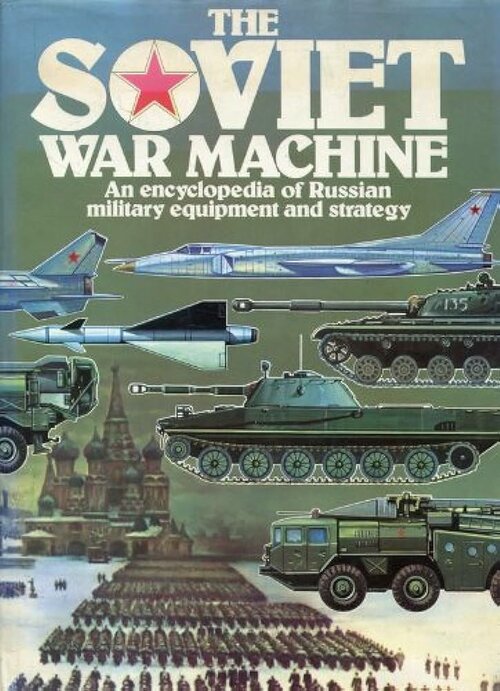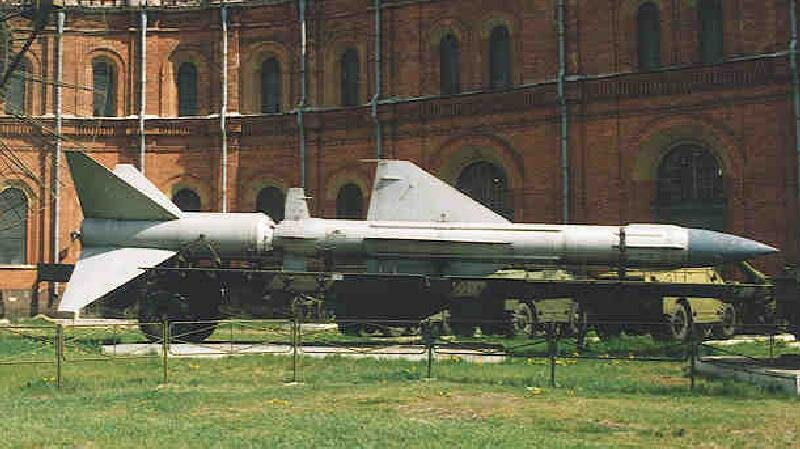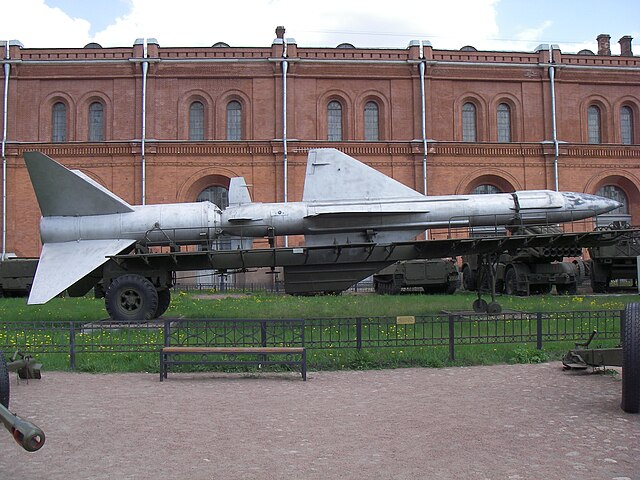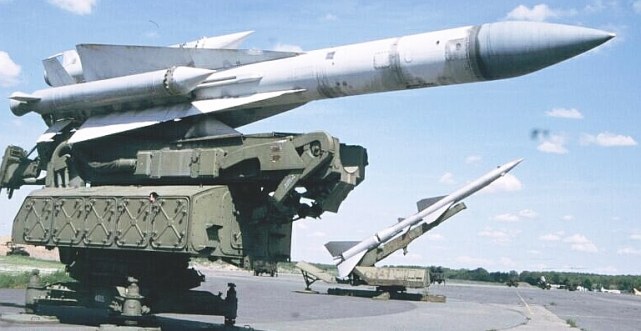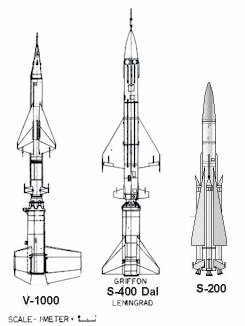- Joined
- 24 January 2006
- Messages
- 1,322
- Reaction score
- 470
V-1000 and Dal were entirely different. V-1000 (the missile shown in post 29 above) was a Fakel missile designed as part of the experimental System A ABM system intended to study and refine the ABM concept. This led to the operational System A-35 deployed around Moscow. Dal (the missile shown in post 35 above) was a SAM system produced by Lavochkin that was abandoned during its development. The three Dal sites built around St. Petersburg were eventually used by S-200 and S-300 batteries. V-1000 never received the SA-5 designator, that was Dal - which was briefly referred to as SA-5 GRIFFON after being spotted in a Moscow military parade.There's some confusion over the SA-5. There were two missiles that ended up with this designation. The first was the DAL that became the V-1000 and that was a semi-ABM. Then you get the S-200 that was built in large numbers. DAL (aka V-400 and then V-500) and the V-1000 never really went into full production and only a few DAL were deployed around Leningrad. The DAL was superceded by the V-750 / SA-2 Guideline. The V-1000 was the Soviet Union's first attempt at a viable ABM.
The SA-1 (aka S-25 Berkut) was a system designed to shoot down a 1000 bomber raid of the WW 2 type. It was ungodly expensive and didn't have the altitude or speed as a missile to take down an SR 71.

